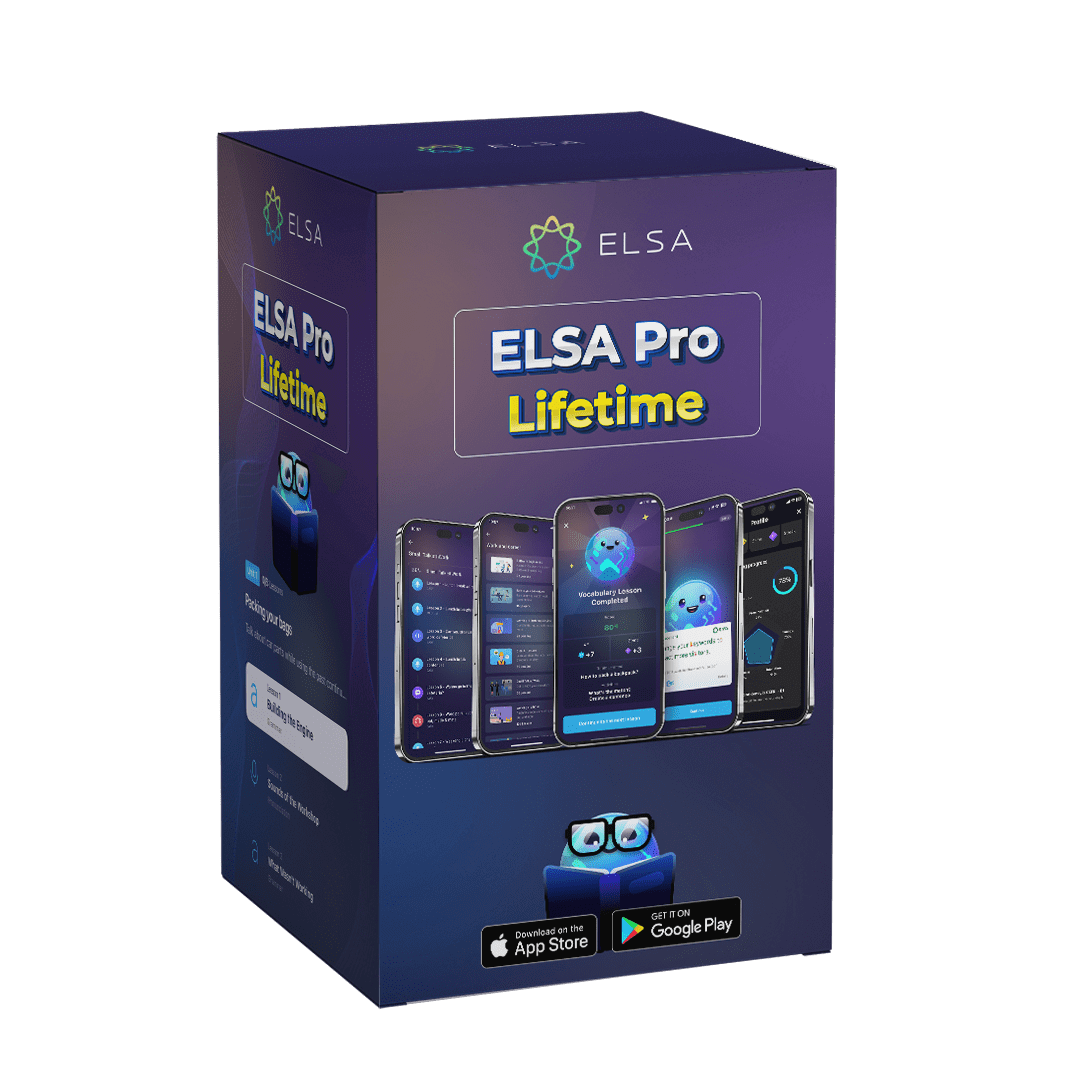Everyone has their own unique goals and interests that they wish to pursue. Likewise, when choosing a language to pick up, everyone will have a language that they will feel is easier to learn, have more fun learning, or feel is more beneficial for them.
What applies to a personal level also applies on an organizational level. If you are thinking of introducing language training to your business, you’d have to consider multiple factors, based on both employees and organization needs, and choose the most suitable language to have picked up.
Kiểm tra phát âm với bài tập sau:

Here are some of the factors that should be able to guide you through the selection process, define the reasons and purpose of learning the language, and hopefully, figure out the language you and your organization are looking for.
Genuine Interest
This doesn’t just apply to language learning. The more interested you are in the thing you are learning, the more motivated you will be to learn it, and you will often achieve better results when doing so… No matter how beneficial the language is, a lack of genuine interest of learners to learn the language will result in the lower effort put in by them.
Make sure that the language chosen will intrigue your employees to ensure an enjoyable learning experience. Ask your employees which language or rather, culture is intriguing to them, and let those answers help you decide what language to introduce to them.
Availability of Tools & Resources
Imagine choosing the perfect language for your employees and organization, just to find out there are little to no resources available to help your learners learn productively.
Do some research beforehand and gather information on possible tools, resources, modules, online courses, etc. that your learners can take advantage of when learning the chosen language. Having these tools that are readily available is a crucial factor because they do wonders for efficient learning and without them, learning a language can be difficult.
Fortunately, if you decide to choose a more popular language like English, French, German, etc, there will be lots of resources to choose from. But it may be difficult to find the same quality of resources for lesser-studied languages.
For English, let’s take ELSA Speak as an example. It is one of the world’s best English language training applications that facilitates English learning right on learners’ smart devices and provides a personalized touch during learning. Availability of tools and resources will not be an issue at all when learning English with ELSA!
Advancement of Career/Business Growth
In our increasingly globalized world, businesses and employees are both going global. Organizations that are able to speak a widely used language or are multilingual tend to achieve higher levels of success. Likewise, employees who are able to showcase their ability to connect with the world with their multilingualism, also tend to find global success easily.
Plan out your goals for your business and employees, and see where you want your organization and employees to be in the next few years. Some may want to be in an English-language-dominated market, while others may want to be in a Mandarin-language-dominated market.
Common Language
If you are unsure of what your organization’s and employees’ futures are like, please go and find out …
However, a good way to probably start your research and planning is to find out some common languages. Some languages are more widely used which enlarge the chances of you using the language on a regular basis. Common languages tend to be more useful in general as your organization and employees can easily touch base with the majority of the world using that one common language.
You can also refer to this article by Berlitz, which showcases some of the most common and popular languages in the world right now
Difficulty of Language for Learning
Keep in mind every language has its own difficulty level, with its own set of hurdles for new learners. Certain languages may deter even the most skilled learners due to their steep learning curve and complexity.
With that, you should take note of your employees’ native language or the languages that they are already fluent in. Learning a new language that is similar to a language you already know will make learning much easier. Hence, it would be helpful to do research on language-related employees’ current language knowledge if you are aiming for a relatively easier language.
English with ELSA
As mentioned above, if you are considering choosing English to be your choice of language for your future training plans, have a look at what ELSA Speak can offer your employees and your organization.
To facilitate English language learning for organizations, ELSA has launched the ELSA for organizations package.
ELSA’s leading language experts will build a separate learning path, tailored to the needs of each business or organization. As a result, employees’ English learning will be closer to their actual work environment, increasing competitive advantage and efficiency at work.
The competency test system includes technical tests, IQ tests, and personality tests, English proficiency tests built by leading academic experts in combination with ELSA Dashboard allowing testing progress and updating the learning status of employees quickly through extremely detailed and intuitive reports. Organizations will have a comprehensive view of the capacity, development ability, and suitability of new or existing personnel in the company. After selecting the most suitable language to pick up, selecting the proper tool for learning is also essential. Try it for free and learn more about the ELSA solution for organizations today!
 11/01/2022 | Admin
11/01/2022 | Admin





